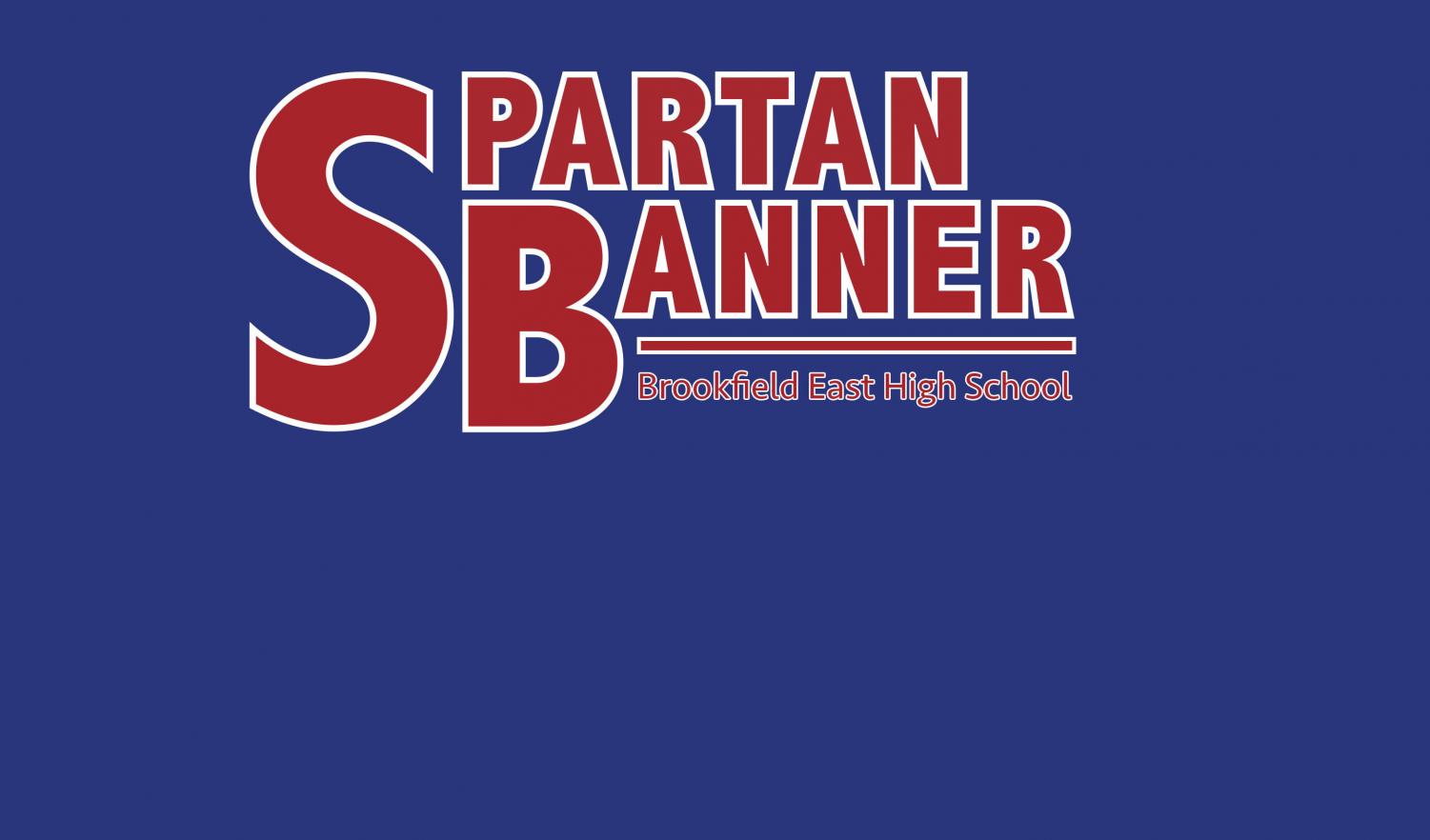Have you ever wondered why the letter grades just jump from D to F and skip over E?
The letter E was originally part of the grading and was the equivalent of an ‘F’. Anything below 75%, was an E and was considered a failing the course. However, in the 1930s, schools became increasingly concerned about the fact that students and parents might think ‘E’ stood for excellence rather than failure. Many schools also argued that since ‘fail’ starts with ‘F’, it fits better than ‘E’ and would be straightforward. Taking into account this concern, many schools collectively decided to exclude the letter ‘E’ from their grade scaling. As time went on, more schools dropped the grade and eventually, none of the schools had ‘E’ as a part of their grading scale.
The letter ‘E’ has been removed from the grading system, but the debate about the role of grading systems in modern-day education systems continues. How much value do they really have?
Most schools have a defined grading system that they follow within every class, but students bring up the argument that this does not allow them to actively learn in their classes since they are more focused on getting good grades. Gerald E. Knesek, a professor at Harvard, supports this argument by explaining his experiences with his students. He claims that “students have become more focused on the rewards and punishments, namely grades(an extrinsic motivator), and less on the desired behavior, learning(an intrinsic motivator)”. While his claim is true, the situation that all these students are in is also important to note. Education is becoming more competitive every day, and this can be seen very clearly in college decisions and job opportunities after college. For students to be accepted into a good college, they have to have good grades. If a student has even one ‘bad’ grade, they lose their chance at many universities and possibly, their dreams. Facing these risks, students have no choice but to focus solely on getting a good grade rather than learning the content they are given.
Proposing a solution to this issue, Professor Knesek suggests that schools should include a Montessori-style teaching system. The Montessori system is when the teachers act as guides rather than individuals who place their knowledge on their students and create a comfortable space for the students to make mistakes and set their creativity loose. Rather than having one rubric to grade all students, Montessori schools ‘grade’ differently for each individual and don’t have one rubric that defines an assignment. These schools don’t have a right or wrong system but rather grades based on how well a student has completed an assignment through their own creativity and comprehension of the content. This kind of system emphasizes the students’ freedom and innovation, allowing them to truly explore the content and learn instead of focusing on grades. Furthermore, he suggests that all classes should use a pass/fail system rather than the traditional letter grades, “I believe that if more educators use this grading structure, student cheating will be eliminated…and students would be much more inclined to discuss what they’re learning”. By incorporating a pass-or-fail system, Professor Knesek believes that students will return to truly learning the content and gain the knowledge they need.
At Brookfield East High School, we use a traditional letter grading system and encourage our students to receive good grades. If Professor Knesek’s observations are true, would that mean Brookfield East’s students aren’t truly learning? And if that is true, would changing the grading system to pass or fail allow for more efficient knowledge gain than it is currently?








